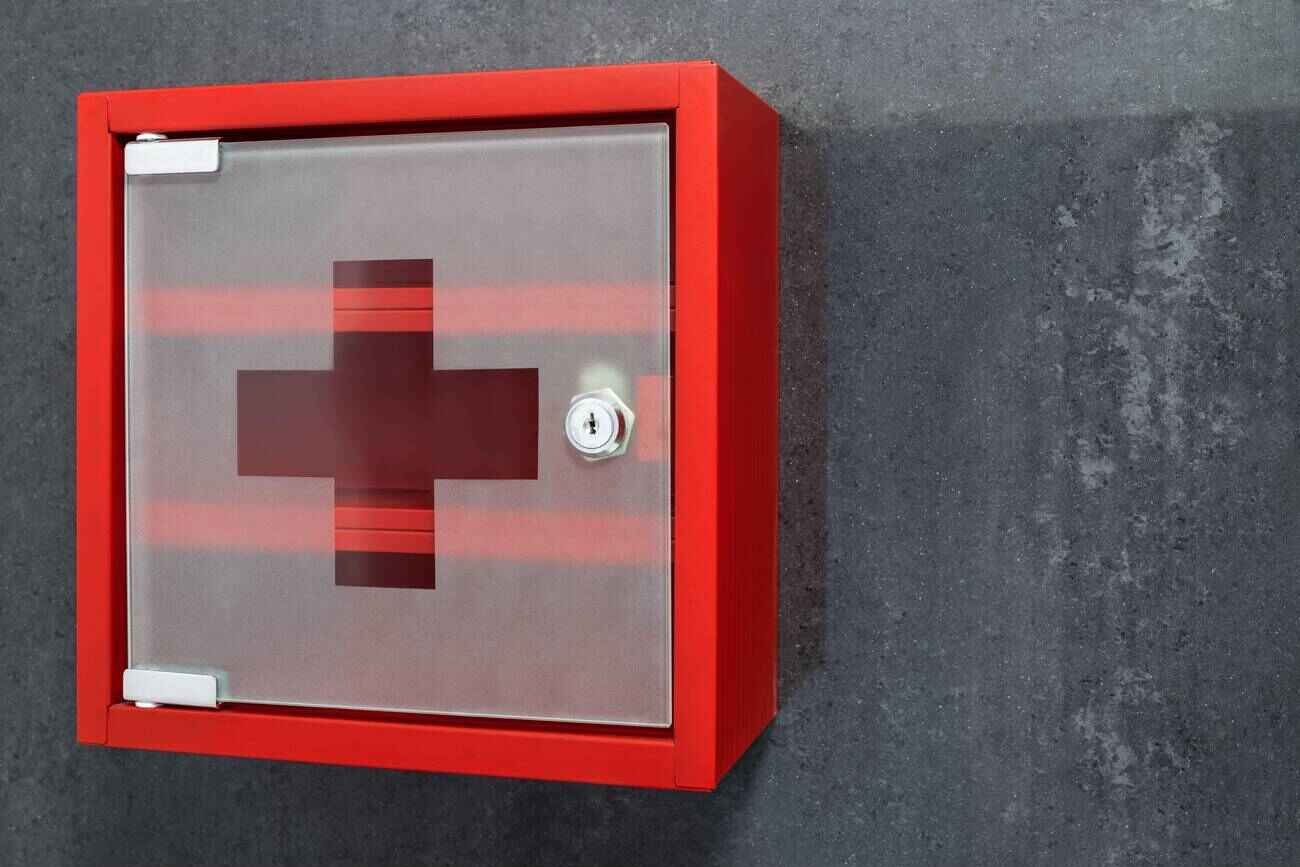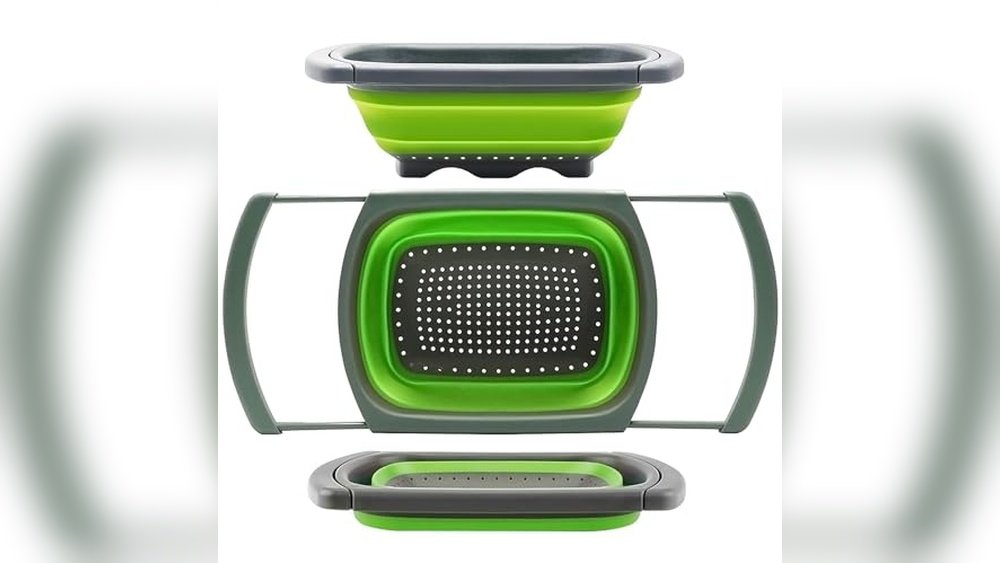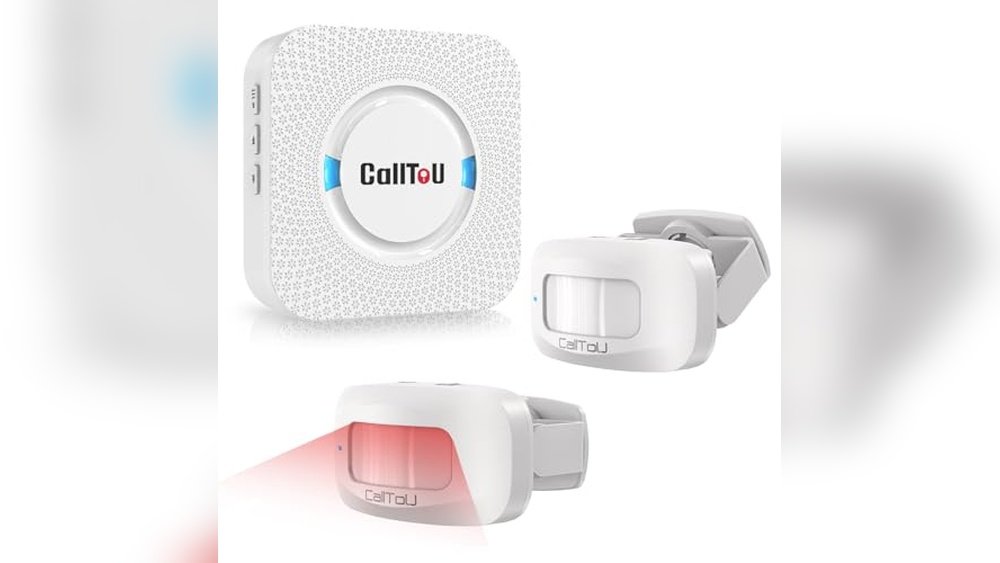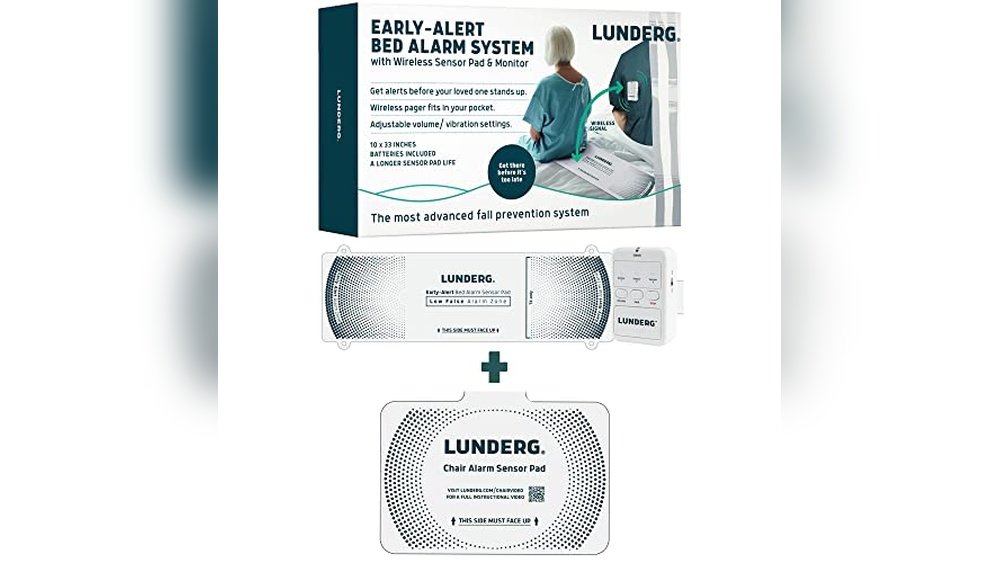Imagine opening your medicine cabinet and effortlessly finding exactly what you need, when you need it. No more fumbling through expired bottles or dealing with cluttered shelves.
A well-organized medicine cabinet not only saves you time but can also be a lifesaver during those crucial moments. You’ll discover simple yet effective strategies to transform your medicine cabinet into a neatly arranged, stress-free zone. Let’s dive into these practical tips that promise to bring order and peace of mind to your daily routine.
Stick around; your future self will thank you!
Evaluate Current Inventory
Sort through the medicine cabinet to check expiration dates and remove old items. Group medications by type or use for easy access. Organize shelves for a tidy and efficient setup.
Your medicine cabinet is a crucial part of your home, yet it often becomes cluttered and disorganized over time. To ensure that it serves its purpose effectively, start by evaluating your current inventory. This step will help you identify what you have, what you need, and what you should discard, ensuring a safe and functional medicine cabinet for you and your family.
Check Expiration Dates
Expired medications can lose their effectiveness or even become harmful. Begin by checking the expiration dates on every item in your cabinet. You might be surprised to find that some items expired years ago! Create a list of medications close to expiration and plan to replace them soon. This helps you stay prepared without risking your health. Remember, a well-organized cabinet starts with up-to-date supplies.
Discard Unused Medications
Unused medications can pile up, taking valuable space and creating confusion. Ask yourself, “When did I last use this?” If you can’t remember, it’s time to let it go. Proper disposal is key. Many pharmacies offer take-back programs, or you can follow FDA guidelines to dispose of them safely. Clearing out the old makes room for what truly matters.
Identify Essentials
What are the must-haves in your medicine cabinet? Think about your family’s needs and common ailments. Items like pain relievers, allergy medications, and basic first-aid supplies are typically essential. Make a list and ensure these items are easily accessible. By keeping essentials front and center, you prevent last-minute scrambles during emergencies. Can you find what you need in a pinch? An organized cabinet means less stress and more peace of mind.
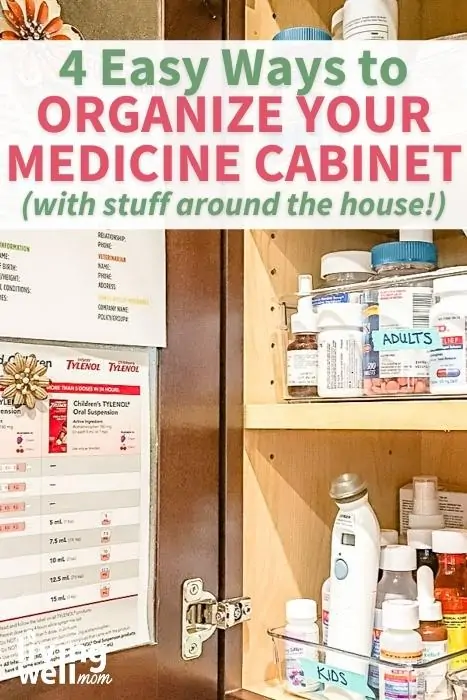
Credit: livingwellmom.com
Categorize Medications
Organizing a medicine cabinet is essential for safety and efficiency. Proper categorization makes it easy to find what you need quickly. It also ensures medications are used correctly and safely. Let’s explore how to categorize medications effectively.
Group By Use
Begin by sorting medications based on their purpose. Group cold and flu medicines together. Place pain relievers in another section. This method makes locating the right medication effortless. It also helps in keeping track of what you have.
Separate Prescription From Over-the-counter
Keep prescription medications separate from over-the-counter ones. This prevents confusion and ensures proper usage. Arrange prescription bottles in one area. Store over-the-counter medications in another. This system helps avoid accidental mix-ups.
Consider Special Storage Needs
Some medications require special storage conditions. Check labels for storage instructions. Medications needing refrigeration should not stay in the cabinet. Ensure all items are stored at the recommended temperature. Proper storage maintains medication effectiveness and safety.
Choose Storage Solutions
Organizing your medicine cabinet can transform your daily routine. Proper storage solutions keep medications safe and easy to find. Choosing the right containers and labeling can make a big difference. This section will guide you on how to select and utilize storage solutions effectively.
Select Suitable Containers
Containers are essential for organizing your medicine cabinet. Opt for transparent containers for easy visibility. Choose containers with lids to keep medicines protected from dust. Different sizes can accommodate various types of medications. Use stackable containers to maximize space.
Label Each Category
Labels help in quickly locating medicines. Use waterproof labels to withstand moisture. Categorize medications by type or purpose. Write labels in large, clear letters. This ensures easy readability and reduces confusion. A well-labeled cabinet saves time during emergencies.
Utilize Space-saving Options
Space-saving solutions are key for small cabinets. Use shelf risers to create additional layers. Hang organizers on the inside of the cabinet door. Use magnetic strips to hold metal containers or tools. These tricks help keep the cabinet tidy and accessible.
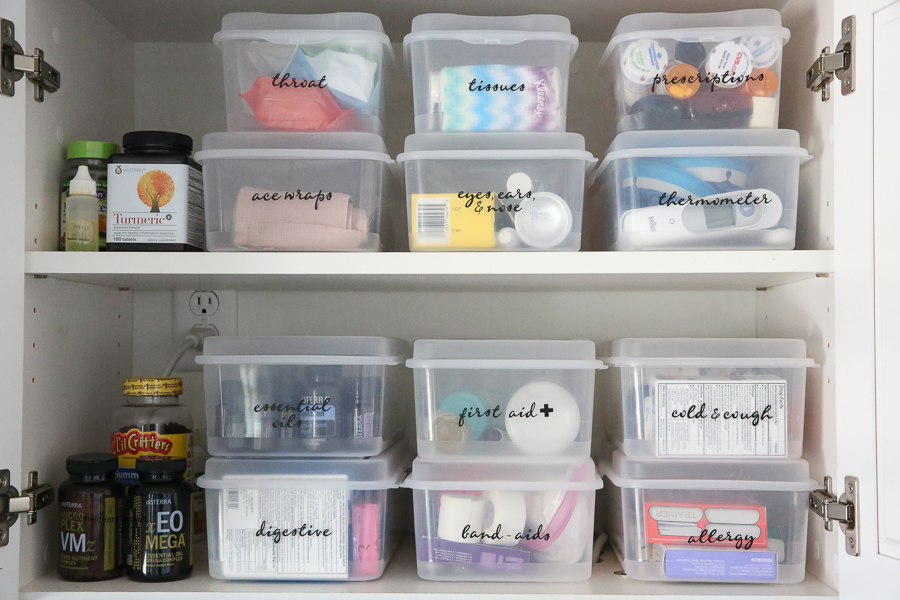
Credit: www.theidearoom.net
Maintain Organization
Organizing a medicine cabinet involves sorting items by type and expiration date. Place frequently used medications within easy reach. Label shelves or baskets to keep everything clearly categorized and accessible. Regularly review the contents to remove expired medicines and ensure your cabinet remains tidy and efficient.
Keeping your medicine cabinet organized is not a one-time task. It requires regular maintenance to ensure that everything is in its right place and easily accessible. By maintaining organization, you can save time during emergencies and prevent the accumulation of expired or unnecessary items.
Regular Inventory Checks
Take a moment every month to check what you have. This helps you avoid running out of essentials like pain relievers or allergy meds. It also keeps your cabinet free from expired or unneeded items, making it easier to find what you need when you need it. Have you ever frantically searched for something, only to discover it’s expired? Regular checks prevent that frustration.
Seasonal Cleanouts
As seasons change, so do your needs. In winter, you might need more cold and flu remedies, while summer calls for sunburn treatments. Adjust your medicine cabinet accordingly by clearing out items you won’t use and restocking those you’ll need. This simple habit can make a big difference in your readiness for seasonal health challenges. Plus, it keeps your cabinet from becoming a cluttered mess.
Update Labels As Needed
Labels should always be clear and up-to-date. If a bottle’s label is wearing off, replace it to avoid any confusion. Adding labels to shelves or sections can also be helpful, especially if you share the cabinet with family members. Think of labels as your cabinet’s GPS—helping you navigate quickly and efficiently. Wouldn’t it be great if everyone in your household could find what they need without asking you? By maintaining organization with these simple steps, your medicine cabinet can be a model of efficiency and readiness. How will you keep yours in check?
Safety Precautions
Organizing a medicine cabinet involves more than just tidying up. Safety is crucial. Simple precautions can prevent accidents and ensure your family’s well-being. This section will guide you on how to keep your medicine cabinet safe and secure.
Store Away From Children
Medicines can be dangerous if accessed by children. Always store medicines on higher shelves or locked cabinets. Use childproof locks for extra security. This ensures little hands cannot reach dangerous substances.
Avoid Humidity And Heat
Medicines can lose effectiveness if exposed to moisture and heat. Avoid storing them in bathrooms or kitchens. Choose a cool, dry place. This keeps medicines potent and safe for use.
Keep Emergency Numbers Handy
In case of an emergency, every second counts. Keep a list of emergency contacts in your medicine cabinet. Include poison control and your doctor’s number. Quick access can make a big difference.
:strip_icc()/medicine-cabinet-organization-0a9b8d96-1d33ce78253e4ec68396bc17f49973a3.jpg)
Credit: www.bhg.com
Incorporate Expert Tips
Organizing a medicine cabinet involves grouping similar items together for easy access. Use clear labels to identify contents quickly. Regularly check expiration dates to ensure safety.
Organizing your medicine cabinet might seem straightforward, but getting expert tips can turn it into a truly efficient space. Whether you’re managing a complex medication schedule or simply keeping track of vitamins, a well-ordered cabinet can make a world of difference. Let’s dive into some expert advice that can help you keep your medicine cabinet in top shape.
Use Technology For Reminders
You might wonder how technology fits into organizing a medicine cabinet. It’s simple—use apps to remind you when it’s time to take or refill medications. Imagine never missing a dose or running out of essential meds. Apps like Medisafe or MyTherapy can send alerts directly to your phone. They can also track your medication history, ensuring you’re always aware of what you have and what you need.
Consult Pharmacist For Advice
Your pharmacist is an untapped resource for optimizing your medicine cabinet. They can offer insights into medication interactions, storage requirements, and the shelf life of your prescriptions. Have you ever stored a medicine in the wrong place? A quick chat with your pharmacist can prevent costly mistakes. They can also suggest over-the-counter alternatives for minor ailments, saving you time and money.
Stay Informed On Safe Disposal Methods
Proper disposal of expired or unused medications is crucial for safety. Do you know the right way to discard medications? Flushing them down the toilet or tossing them in the trash can lead to environmental hazards. Check local regulations for disposal sites or take advantage of pharmacy take-back programs. Keeping your cabinet free from expired drugs not only creates space but also keeps everyone safe. Incorporate these expert tips to transform your medicine cabinet into a well-organized and efficient space. The next time you open your cabinet, you’ll appreciate the difference each tip makes in your daily routine.
Frequently Asked Questions
What To Always Have In Your Medicine Cabinet?
Keep pain relievers like ibuprofen or acetaminophen handy. Include band-aids, antiseptic wipes, and adhesive tape. Store a thermometer, cough syrup, and antihistamines. Add a first aid manual and prescription medications. Ensure everything is clearly labeled and check expiry dates regularly.
Why Are Medicine Cabinets Out Of Style?
Medicine cabinets are out of style due to modern design trends favoring sleek, minimalist bathrooms. Open shelving and wall-mounted mirrors offer a more contemporary look. People prefer versatile storage solutions that blend seamlessly with bathroom decor, enhancing both functionality and aesthetic appeal.
This shift reflects evolving preferences in interior design.
How To Organize A Lot Of Medication?
Use a pill organizer with labeled compartments for daily doses. Store medications in a cool, dry place. Group similar medications together. Keep an updated medication list. Set reminders on your phone for timely doses.
How To Organize An Apothecary Cabinet?
Begin by categorizing items by use, such as herbs, tinctures, and oils. Label each category clearly for easy identification. Store frequently used items at eye level. Arrange similar-sized containers together for a neat appearance. Use dividers or trays to prevent clutter.
Regularly check and remove expired items.
Conclusion
Organizing your medicine cabinet keeps your home safe and clutter-free. Clear out expired items. Group similar products together. Use labels for easy finding. Store essentials within reach. This simple routine saves time and stress. A tidy cabinet helps in emergencies.
You find what you need fast. Regular checks prevent waste. Keep your family safe and healthy. An organized space makes life easier. Start today and enjoy the benefits. A well-kept cabinet supports daily wellness. Small steps lead to big changes.
Happy organizing!
